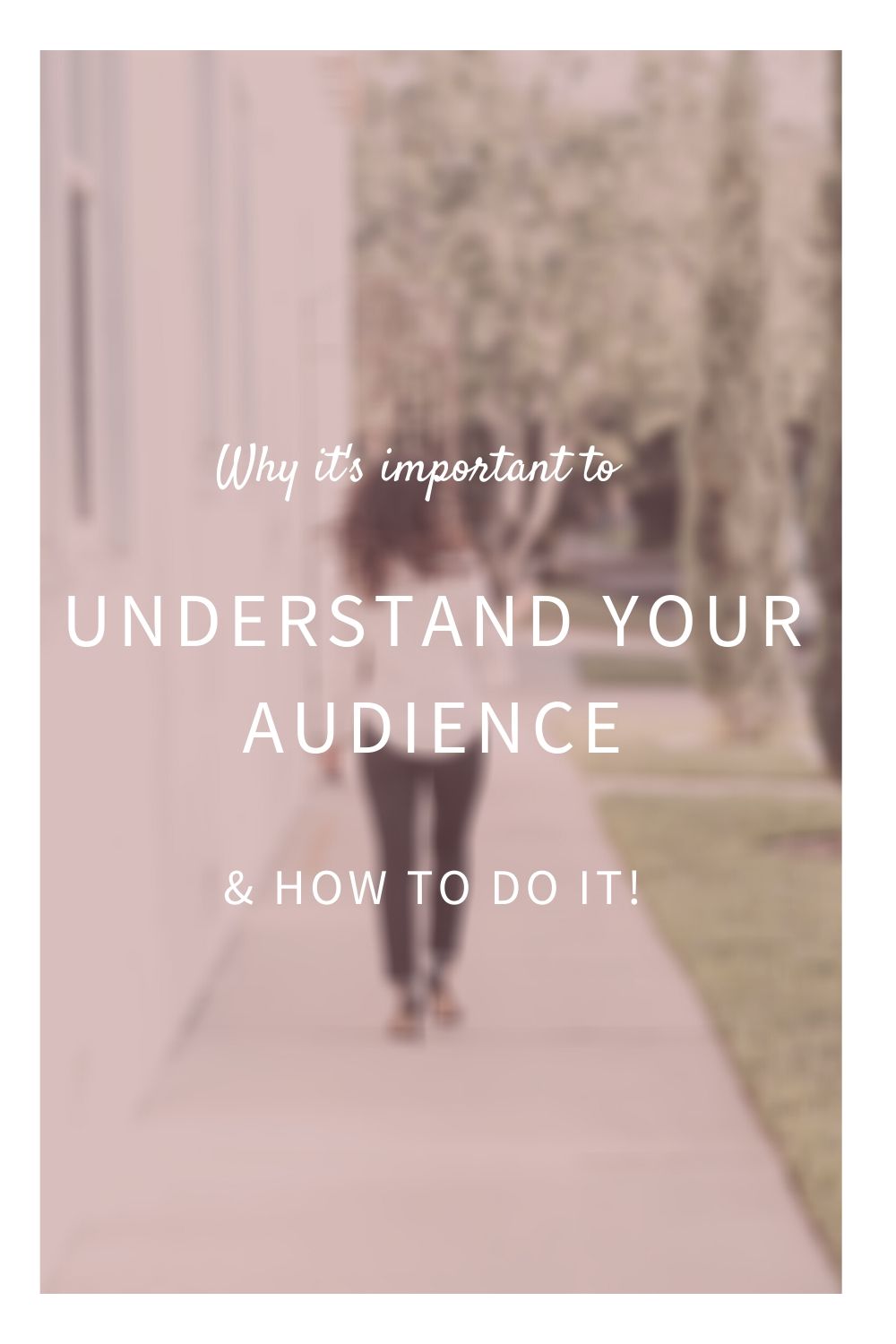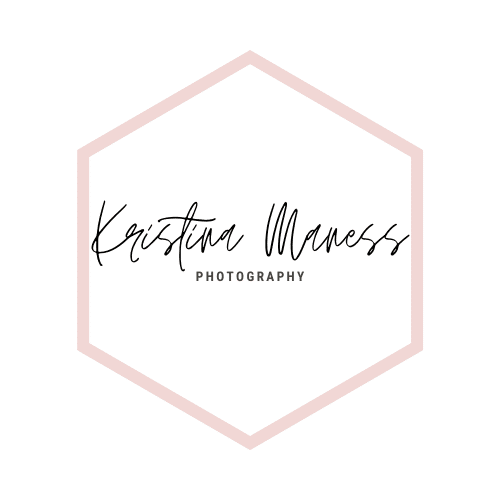
Branding is an important concept for business owners to embrace. It refers to the tone and personality of your business and includes elements like aesthetics and content. Everything from your website, to your business card, to how you speak with a customer should reflect your brand.
Branding hinges on an understanding of your target audience. In this article, we’ll talk about how branding drives growth, what is a target audience and how to define it for your brand.

Why is branding important to business growth?
When you brand effectively, you organically implement a winning strategy that provides a boost to your business by creating interest and driving brand recall. Brand recall is the idea that when someone needs your services they will automatically think of your brand first. For example, when it comes to my business, I want customers to think of Kristina Manness when they think of Tampa branding photography.
Extremely strong brands become household names, all due to branding. Think about brands like Coke and Kleenex and how people substitute words like “soda” and “tissue” for the brand name when they talk about it. If you’re a small business, branding is essential to growth. That said, branding needs to be strategic, and at the core of every marketing strategy is your target audience.

What is a target audience?
Your target audience the group of people that your product is meant for. For example, if you’re a manufacturer of ergonomic tennis rackets your target market is probably fairly niche and includes professional tennis players, people who play tennis quite often and maybe older tennis players who want to play the game with exacerbating existing conditions.
From a branding perspective, this group will be of varying ages and genders, but you are likely looking to appeal to athletes college-aged and older. Tennis players are competitive, they might be perfectionists and they have both physical and mental fortitude. Tennis is sometimes associated with wealth in prep schools and country clubs, so you are probably looking to appeal to a high-net-worth audience of competitive men and women between the ages of 18 and 65. For this brand, I would expect to see a brand that is very polished, clean, neat and buttoned up with language that appeals to college-level readers and an aesthetic that feels sporty and competitive.
When you go through an example like we just did, it’s plain to see how your understanding of your target audience helps you identify the hallmarks of your brand. Ultimately, you want your brand to appeal to your niche. If your brand offers the opposite of what your customers expect, it’s a recipe for a total Pinterest fail.

How do I define my target audience?
Defining your target audience starts with understanding your products and services. You have to start with the concept and ask yourself some broad-stroke questions:
- Who is best served by my products and services?
- What values are important to my customers?
- What’s the best use of my product or service?
- What additional gaps does my product or service fill?
- Who are my competitors and who are their customers?
Questions like these help fill in the blanks around who will buy your products and services and what they expect.
Conceptualizing your niche by asking and answering questions and using those answers to fill in a customer profile is a good start. You can get even more granular if you have digital tools that allow you to dig into your buyers and their likes. For instance, if you have an email list of existing customers and a Facebook for Business account, you can take advantage of Facebook’s free tools that help you gain audience insights.
By loading your existing email list into Facebook’s marketing platform, you can discover things like what other brands your existing customers like, what kinds of job titles they hold, what their hobbies are and important demographic information like age, gender and location. If no such email list exists, don’t fret! Google Analytics is another way to glean important data about your customers.
Once you’ve brainstormed a conceptual niche market and performed a deep dive using technology, you can create a detailed buyer persona. This document can be used to locate social influencers who match your target audience and see what kinds of content they share and what things they like. Armed with this information, you have a full picture of what your client is looking for and can use it tailor each aspect of your brand from branding photography to blog content.

If you found this information helpful but don’t know where to start, contact me today. At Kristina Maness photography, I offer full-service branding consultations and photography that will provide you with a cohesive brand. For more information, click here now.
